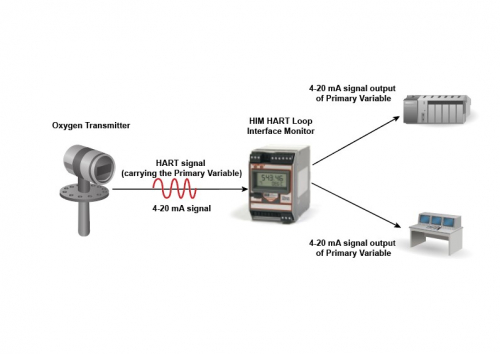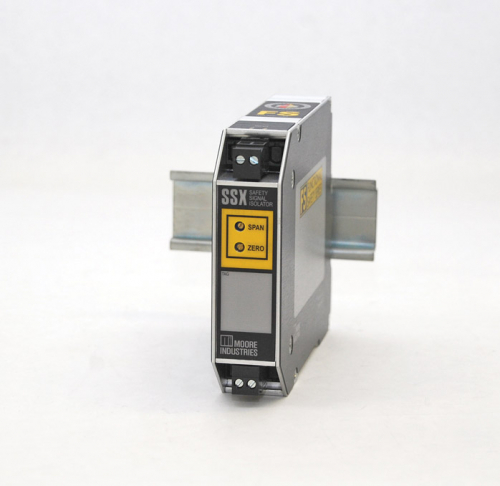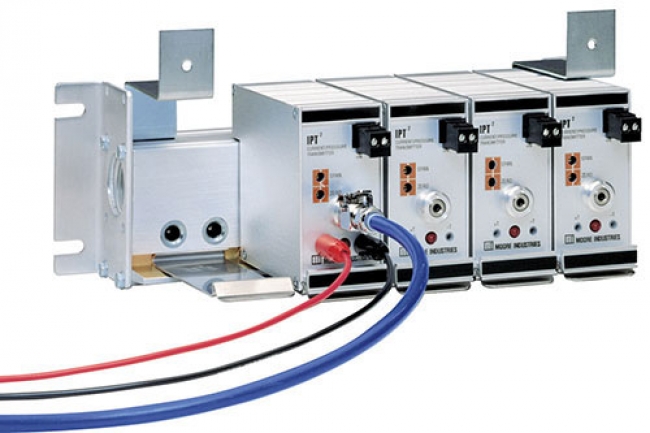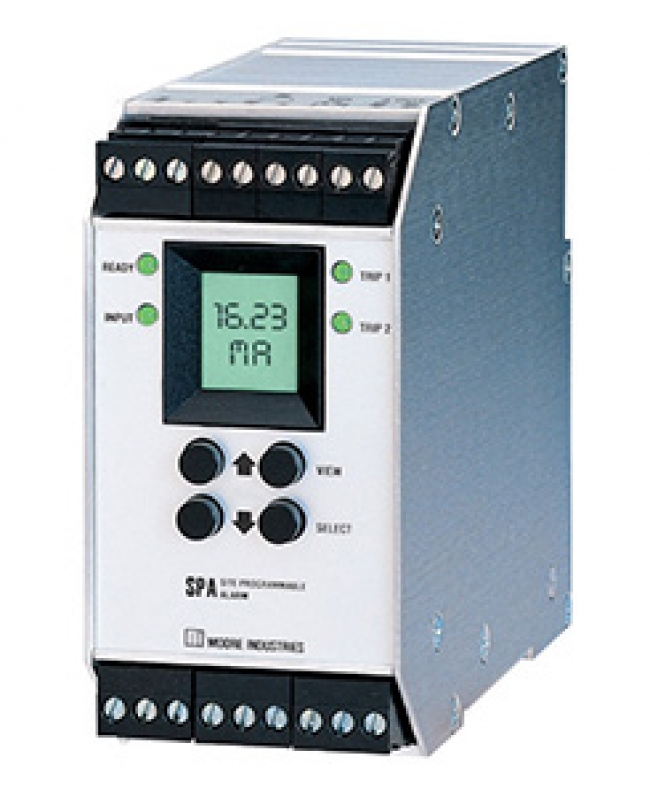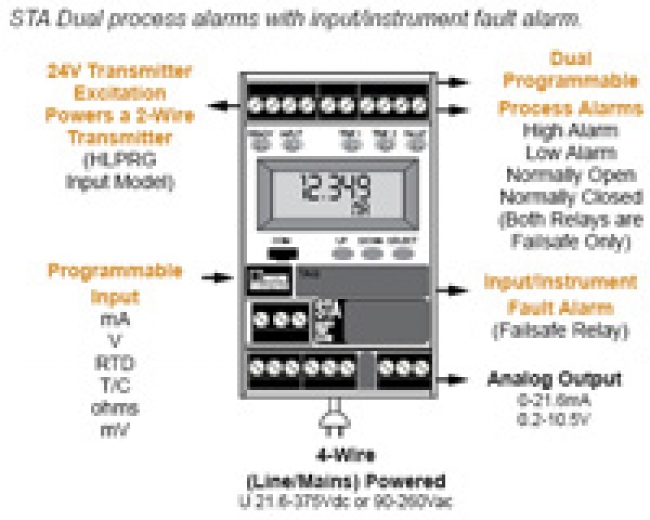Q: What are some ways to improve the long-term stability of my RTD temperature measurement?
A: There's no question that the first step in improving the overall quality and long-term stability of your temperature readouts is to use a Class A, 4-wire RTD. Lead wire imbalances are a major cause of instability during the measurement process. A single ohm of imbalance in a three wire, platinum .00385 alpha, 100 ohm RTD can produce as much as 2.5°C of error in a measurement. By adding a fourth lead wire, you eliminate potential errors in measurements created by resistance imbalances between leads. 4-wire RTDs are no longer just for special uses, and they aren't cost-prohibitive. In fact, in many cases they are more cost-effective than using traditional 3-wire RTDs.
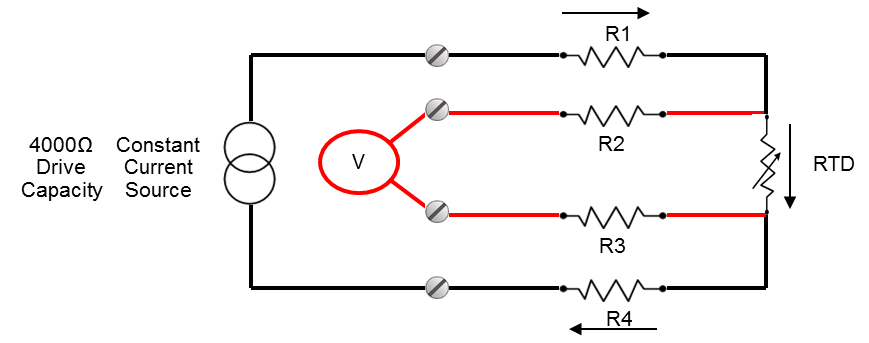
Another way to improve long-term stability is to make sure that your RTDs have been thermally aged. This process involves placing RTDs into a continual cycle of temperature extremes that season the RTD and even help extend its measurement life. The sensors that we use in high-accuracy applications have been temperature cycled from 0°C to 600°C for 1,000 hours, making them virtually drift-free for the next five to 10 years.
Do you want more information? Find a data sheet here. Or see our Temperature Transmitters or Temperature Assemblies and Sensors.
Need to get price or availability or have a technical question?
Send us a message using E-Help.


